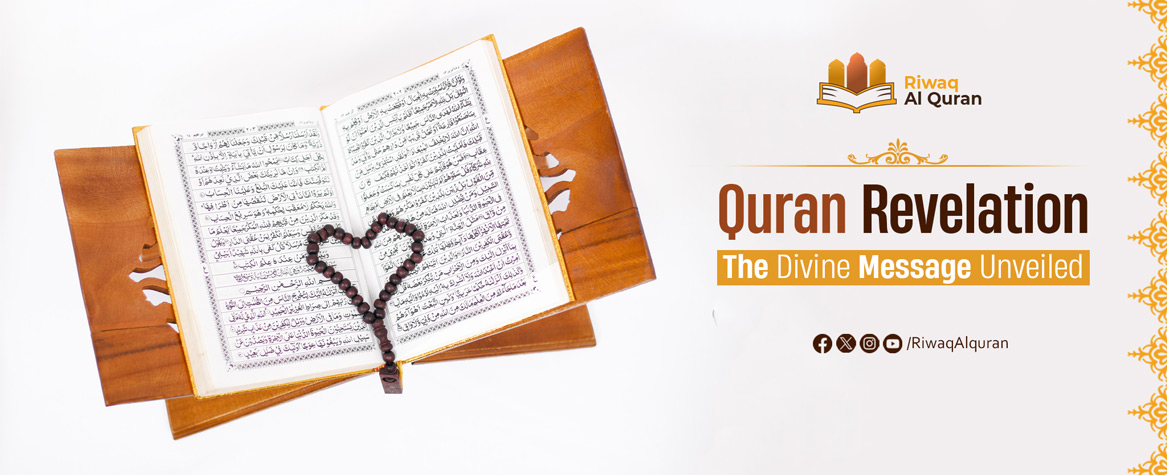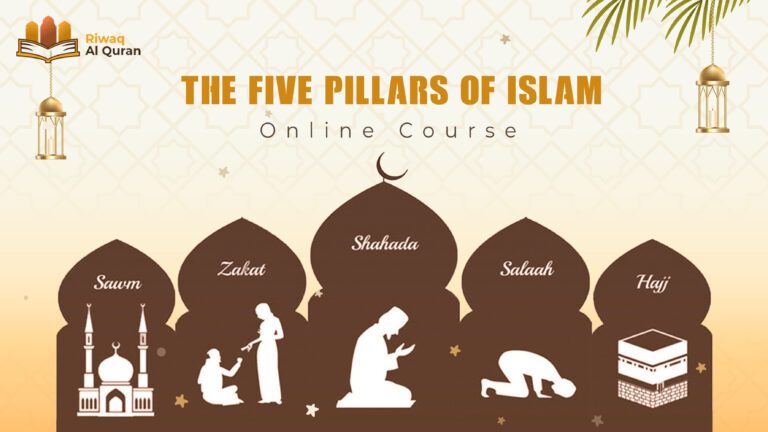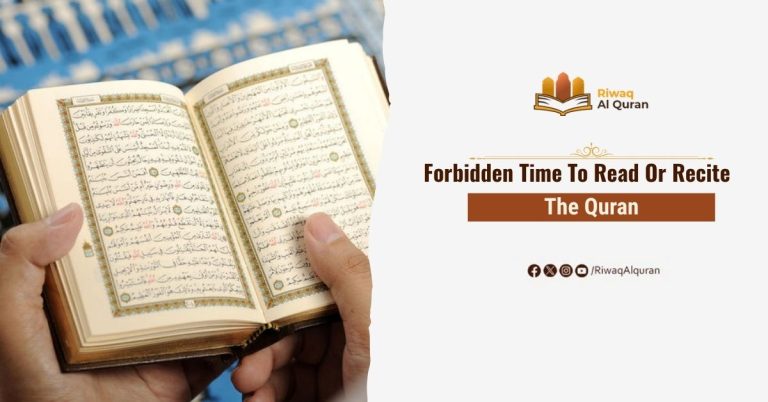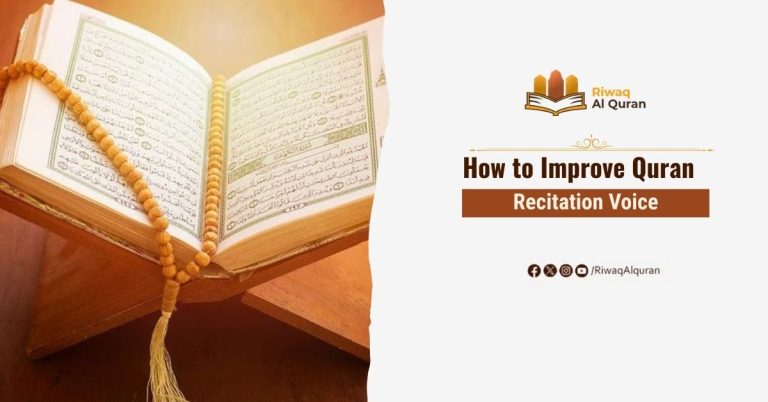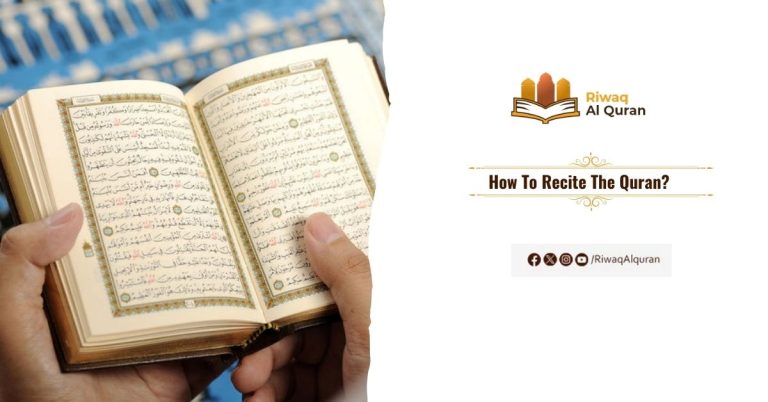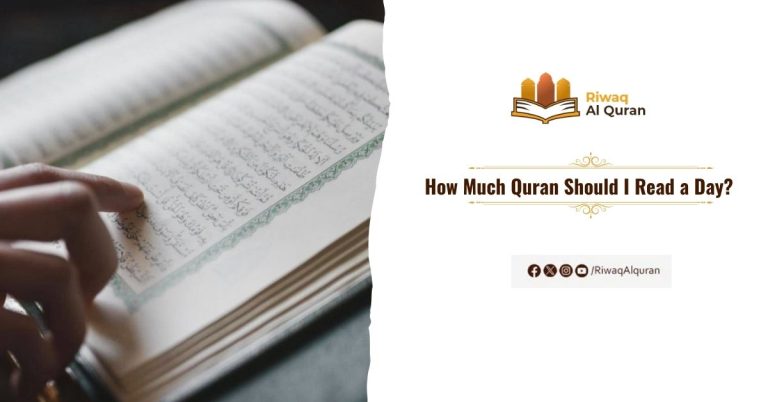One of the most unique aspects of the Quran is the way in which it was revealed and compiled. While many books are written and arranged in a sequential, linear fashion, the Quran breaks this convention. The Quran was revealed gradually over a period of 23 years, responding to specific incidents, questions, and challenges faced by the Prophet Muhammad (peace be upon him) and the early Muslim community. However, it was not compiled in the same chronological order as it was revealed. Instead, its final arrangement was guided by divine instruction and implemented under the supervision of the Prophet himself.
Table of Contents
The Chronological vs. Compilation Order
The chronological order refers to the actual sequence in which the verses and chapters (Surahs) were revealed to the Prophet Muhammad (peace be upon him). For example, the first verses revealed were from Surah Al-‘Alaq, not Surah Al-Fatiha, which opens the Quran today. The compiled order, on the other hand, refers to the arrangement we see in the written Mushaf (physical Quran), which was completed under the Prophet’s guidance and later compiled into book form by his companions.
This dual-layered structure is purposeful and profound. The chronological order helps scholars and students of the Quran understand the historical context and progression of revelation, which is essential in the study of Asbab al-Nuzul (the reasons for revelation). Meanwhile, the compiled order serves a different function—guiding readers through a thematic and spiritual journey that is both timeless and universal.
Why the Quran Was Not Arranged Chronologically
The Quran’s unique arrangement reflects its miraculous nature. The Prophet Muhammad (peace be upon him) was instructed by Angel Jibreel (Gabriel) on where to place each newly revealed verse or chapter. This divine instruction ensured that the Quran’s structure served a greater wisdom than chronological storytelling. Many verses were revealed independently and then placed within existing Surahs, seamlessly fitting both in wording and meaning, which itself is a sign of its divine origin.
Moreover, arranging the Quran out of chronological order makes it timeless. A reader can open any chapter and find lessons, guidance, and reflections relevant to their life at that moment. This non-linear structure enhances the Quran’s depth and allows for repeated reading without redundancy.
The Coherence of the Quran Despite Its Order
Despite not being ordered by date, the Quran maintains remarkable coherence. Themes of monotheism, justice, morality, and the Hereafter are interwoven throughout its chapters. Surahs of vastly different lengths address overlapping themes, reinforcing lessons in multiple ways. This makes the Quran suitable for reading in parts or as a whole—each passage provides meaning independently, yet complements the broader message.
This flexibility is part of what makes the Quran eternally relevant. Its structure is not dependent on a single narrative arc but functions more like a living, layered guidebook that can be engaged with from any angle.
A Living Miracle in Structure
Ultimately, the order of the Quran—both in its revelation and in its compilation—adds to its status as a linguistic and spiritual miracle. Its structure allows it to serve as guidance for all times, peoples, and situations. Whether approached by a beginner seeking basic understanding or a scholar diving into deep tafsir (interpretation), the Quran offers endless layers of meaning.
So, while the Quran was not revealed or compiled in chronological order, this arrangement was intentional and divinely guided. It reflects both the practical reality of its 23-year revelation and the deeper spiritual truths that transcend time.

